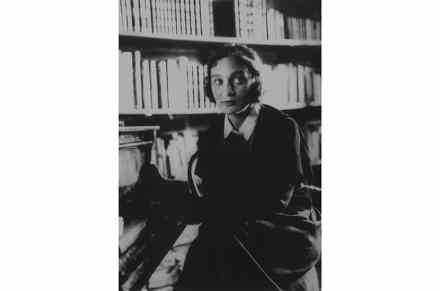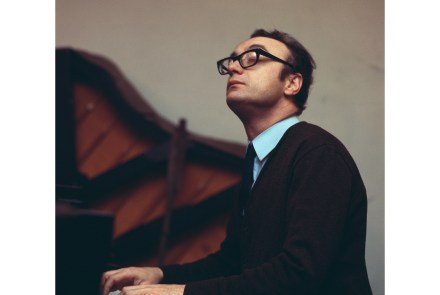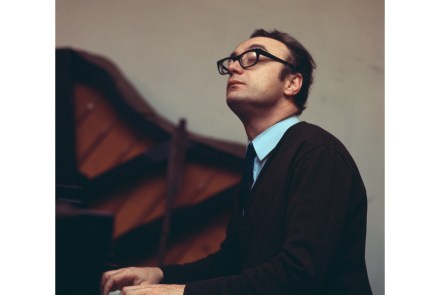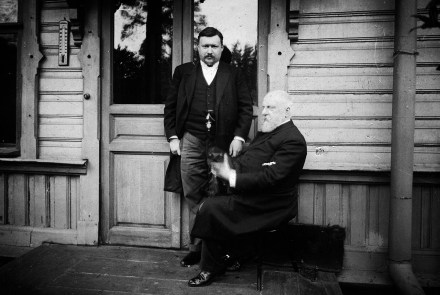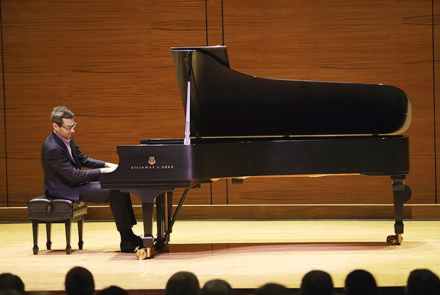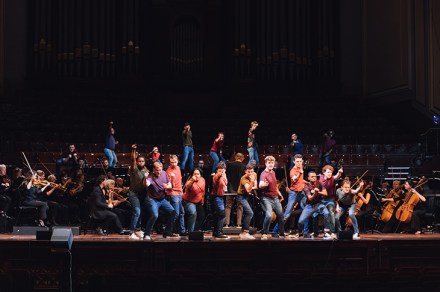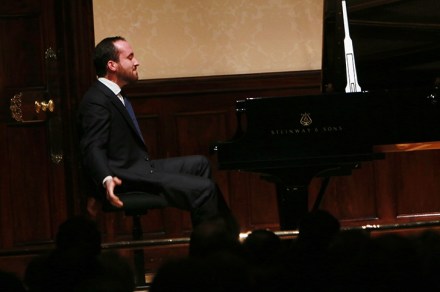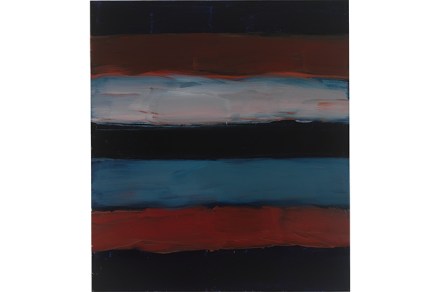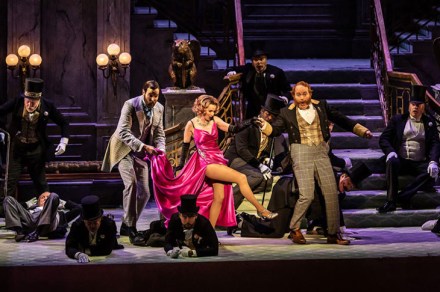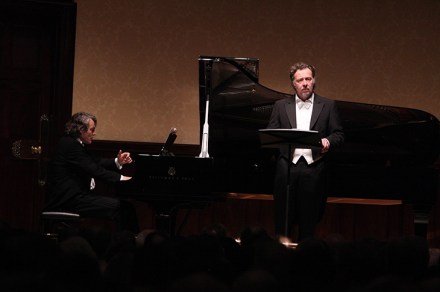Thank goodness Busoni’s Piano Concerto is returning to the Proms
On 5 August, Ferruccio Busoni’s Piano Concerto will be performed at the Proms for only the second time. It should have been the third time, but a Musician’s Union strike in 1980 forced the cancellation of the concert at which Martin Jones had been booked to give the première. Jones is a fearless virtuoso, still recording in his eighties, but one can’t help wondering whether his disappointment back then was tinged with relief. In one place, the soloist’s fingers must wrap themselves around 128 notes in a single bar Garrick Ohlsson, a long-time champion of the work, describes its difficulties as ‘absolutely immense, and 25 per cent of this piece







